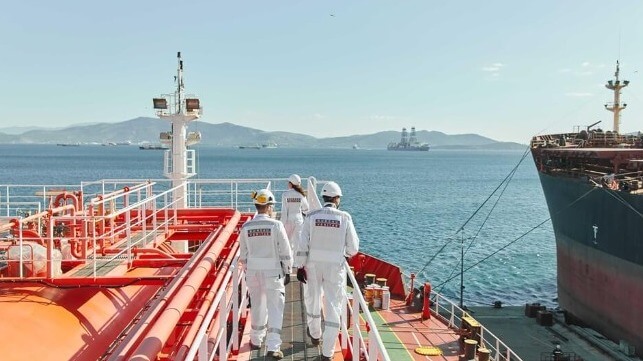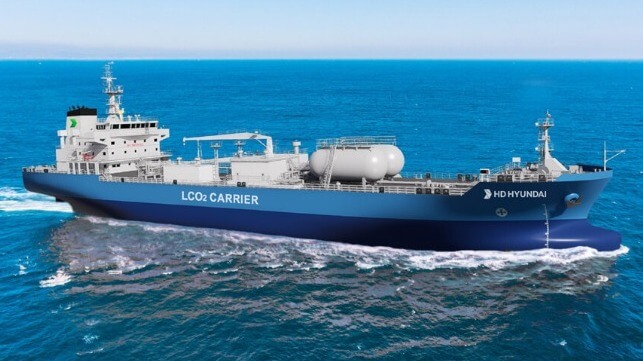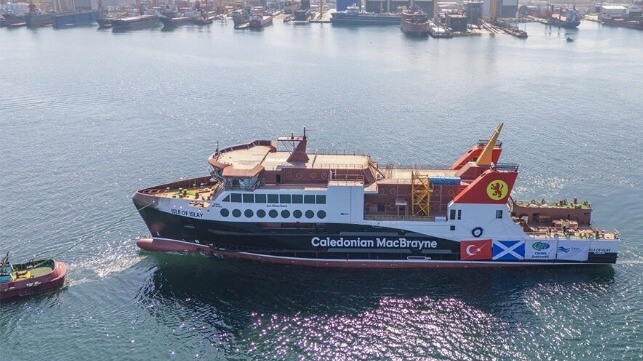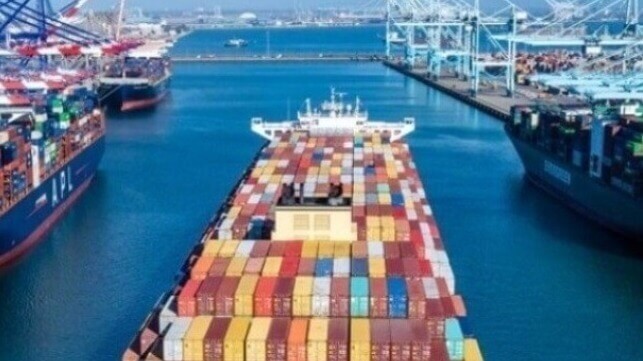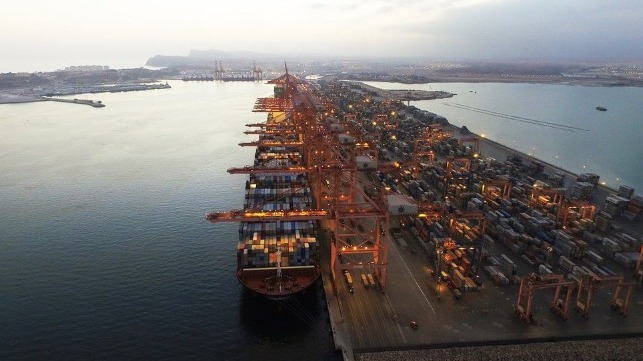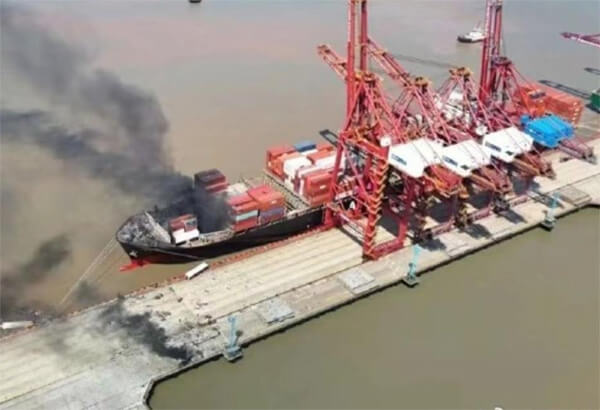Mike Phipps reviews Keeping the Red Flag Flying: the Labour Party in Opposition since 1922, by Mark Garnett, Gavin Hyman and Richard Johnson, published by Polity.
The achievements of Labour in office have been assessed often enough. But what about the long years of Opposition?
Out of power, a Party may only occasionally succeed in securing a change in government policy. It may try to hold the government to account – not easy in a poorly resourced Parliament entirely dominated by the government’s majority. It can try to look like a future government – increasingly difficult the longer it is out of office. Labour in Opposition especially have sought to change the Party as much as its policies.
Laying the foundations
Labour first became the Official Opposition in November 1922 when it came second to the Tories in that month’s election. Clynes, the leader who got them there, was immediately deposed by his own MPs and replaced by MacDonald, astonishingly the only time in the Party’s history that an incumbent has been defeated in a leadership challenge. Many involved would regret this move in the years that followed.
The 1920s saw the organisational strengthening of the Party – the supremacy of its Conference, the growth of individual membership, the clarification of its relations with the left outside the Party. These were arguably all issues that shifted the internal focus away from Labour’s patchy performance in government.
But in the 1930s, after the divisive defection of MacDonald to a coalition National Government with the Tories, the Party began to lay the policy foundations for its entry into government in 1940 and its ground-breaking majority administration of 1945. Paradoxically, this was done in conditions where the left was weak and even marginal to some of the key debates.
The undoubted achievements of the 1945-51 Labour government in terms of full employment, public ownership, the NHS and much more make the subsequent thirteen years in Opposition all the more disorienting. Whereas failure can be a spur, these successes unleashed an existential debate in the Party. Had its reforming mission largely been achieved so that the future priority should be consolidation? Or had only the foundations been laid and should much greater socialist advances be proposed?
The debate raged for over ten years. As in the 1980s and 1990s, each successive electoral defeat strengthened the Party’s right, which argued that voters were increasingly unsympathetic to radical policies. And as in the 1980s, the right wing offensive focused on rewriting the Party’s foundational commitment to common ownership.
Only the premature death of right wing leader Gaitskell and his replacement by Wilson, who largely fudged the issue, put an end to this internal battle. Yet it is worth noting that Wilson’s general election victory in 1964 was on a smaller share of the vote and with fewer votes than the Party received when it was voted out in 1951.
The reward for dire performances
Labour’s electoral defeat six years later again came as a shock – a victory had looked so probable that many bookmakers had stopped taking bets on one. But in retrospect it was the pay-off for Labour’s dire performance in government from 1964 to 1970, which was the cause of severe disillusionment among many traditional voters.
While Wilson remained Party leader, much of the opposition to the 1970-4 Heath government came from the trade unions. Their new militancy destroyed the government’s attempts to legally shackle them and effectively forced first a U-turn and then an electoral defeat on the Tories.
This extra-parliamentary radicalism was expressed within Labour’s leading echelons primarily by Tony Benn. He also played a pivotal role in forestalling a damaging split over the issue of European Community membership, by proposing a referendum on the subject should Labour regain office. The nature of the radical political times determined a leftward shift in Labour policy – even the right wing Shadow Chancellor Denis Healey said he would “squeeze property speculators until the pips squeak.”
Of course, these aspirations would be shamelessly betrayed once Labour returned to government. The imposition of austerity cuts and the abandonment of much of Labour’s post-war economic approach during the 1974 to 1979 period in office led inevitably not just to disgust among Labour supporters. It also fostered a real determination across the movement to impose new forms of accountability over the Party’s largely right wing MPs, including an electoral college to choose the Party leader and the mandatory reselection of MPs.
18 years in Opposition
Labour’s next stint in Opposition lasted 18 years from 1979 to 1997. Its long duration has often been simplistically explained by the Party’s failure to adapt to the new realities of free market economics and rampant individualism unleashed by Thatcher. This mis-reading of the political mood was supposedly expressed by the heavy defeat that the Party under Foot suffered in 1983.
But just as Corbyn’s radicalism decades later would be undermined by a concerted campaign of sabotage from within the parliamentary Party, so Foot’s defeat was caused to a significant degree by the defection of over a score of Labour MPs to the new Social Democratic Party founded in 1981. Although it retained few seats following the 1983 election, the new party, in alliance with the Liberals, did much damage to the Labour vote, while the Tory vote also fell compared to 1979.
It would be false to say that the future of Britain had already been decided before this point. It was not until the mid-1980s, and in particular the historic defeat of the year-long miners’ strike in 1985, that Thatcherism could really be said to have triumphed.
Sadly, there’s little sense of these fundamental developments in the authors’ account of this period. The 1983 defeat is excessively attributed to a poor Labour election campaign, although in reality the fate of Foot’s vacillating leadership had already been decided.
His replacement by Neil Kinnock, is conventionally hailed as putting the Party on the road to electability. In fact Kinnock did no such thing, preferring to prioritise feuds with the left and pursuing an authoritarian style to mask his insecurity and ineptitude in the job as leader. The result was a failure to defeat the Tories even after their internal trauma of removing Thatcher as Prime Minister.
Obviously, overturning Thatcher’s huge majority in 1987 was always going to be difficult. But as we have previously argued on Labour Hub, “the lesson Labour’s leadership drew from the 1987 general election defeat was the need to replace the values of social solidarity and collectivism with a Thatcherite commitment to individualism, consumerism and the market – even though within a few years the economic downturn would make these ideas look hollow.”
You won’t find much of this in the account of Garnett et al, who seem to swallow the New Labour narrative that the modernisation and further centralisation – not to mention Thatcherization – of the Party paved the way for the Blair landslide of 1997. What is often forgotten about this moment is the sea change in the electorate, who despite the timidity of Labour’s manifesto, were in the mood for real change. A Gallup poll showed that 86% of voters believed that taxes would go up under Labour – yet still voted for them. 72% of voters in May 1997 wanted an income tax increase to fund better education and public services. 74% wanted no further privatisations. 58% wanted wealth redistribution. Voters were clearly to the left of the Party leadership. Does this feel familiar?
After New Labour
The ups and downs of the last 14 years make Labour’s latest spell in Opposition the strangest. Usually, after losing two consecutive elections, Labour moves to the right. That this did not happen in 2015 was due in no small part to Labour’s electoral wipeout in Scotland at the hands of the SNP, which was some way to the left of Labour on many issues. Jereny Corbyn’s victory in the 2015 leadership contest was an even firmer statement of intent by Party members than their election in 2010 of Ed Miliband, who had opposed New Labour’s war in Iraq, and who defeated against all odds his more right wing and much better-funded Blairite brother.
The early radicalism of Ed Miliband was largely thwarted by New Labour remnants in the Shadow Cabinet, the Parliamentary Labour Party and the Party bureaucracy, making Labour’s pitch to the electorate in 2015 incoherent. Jeremy Corbyn’s subsequent election as leader was dismissed by the Party’s right as “summer madness” but the mood in the grassroots was very different. As the authors rightly note, Party membership atrophied under New Labour. Two years into Corbyn’s tenure, membership soared to 560,000, making Labour the largest left wing party in Europe.
But like Miliband before him, who was also elected with the support of only a minority of MPs, Corbyn faced relentless sabotage from the Party’s right. The unelected Lord Mandelson declared openly: “I work every single day to bring forward the end of his tenure in office.” This destabilisation included coordinated mass resignations from the Shadow Cabinet , a new leadership challenge in 2016 and bureaucratic obstruction during the 2017 general election campaign itself.
Despite this, Labour’s share of the vote rose ten percentage points, the highest increase in a single election since 1945 and one that deprived Prime Minister May of her majority. “Labour’s 2017 manifesto,” say the authors “ will go down in the annals of history as among its most famous… It returned the party to its ideological norm.”
Labour’s strong performance in 2017 should have given the Corbyn leadership a breathing space and an opportunity to reset. “I underestimated him,” confessed Mandelson afterwards – but he didn’t stop the sabotage. Yet this was only one factor that contributed to Labour’s defeat in 2019. Others include the new Tory trajectory under the populist ‘boosterism’ of Johnson, the irresolvable pressure inside the Party over Brexit and the adoption of a ‘one more heave’ approach in leading circles after 2017, rather than drawing all the lessons from what was, after all, still a defeat.
Weighing these factors, the authors follow the line of much recent literature in downplaying the sabotage and talking up the supposed Brexit betrayal. But if these are the only takeaways from the 2019 debacle, they leave us ill-equipped to develop future strategy for the left.
The book has little to say about the most recent – and for many members, the most traumatic – period. Keir Starmer won the leadership on a false prospectus and, like Neil Kinnock before him, went out of his way to demonise the left, demoralise the grassroots and dilute the Party’s policies.
The left could respond with the kneejerk accusation of ‘traitor’. Or it could draw hope from the growing influence of the trade unions, social movements and alternative media to map out an alternative programme for the Party, in the certain knowledge that a more radical approach has overwhelming popular support.





